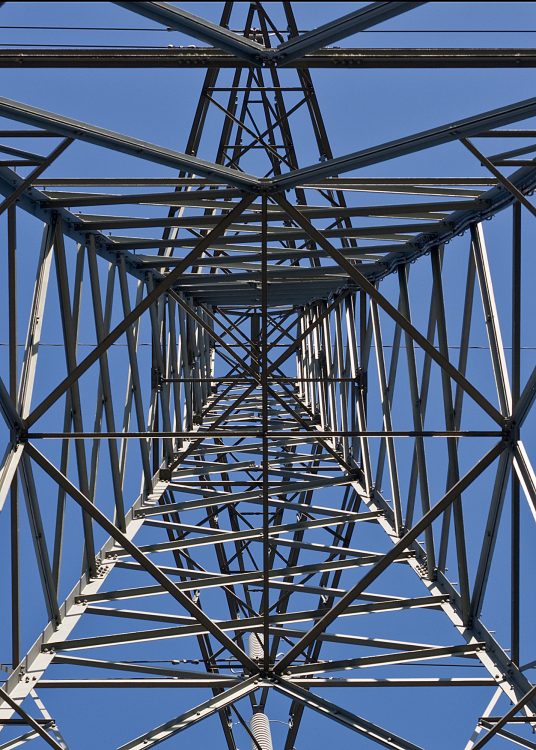Hurricane season can bring more than just rain and wind—it can also significantly impact electricity prices in the Texas ERCOT region. As one of the largest power grids in the United States, ERCOT (Electric Reliability Council of Texas) plays a critical role in managing electricity supply and demand. Understanding how and why hurricanes affect electricity prices and what ERCOT is doing to mitigate these effects is essential for both consumers and businesses.
The Impact of Hurricanes on Electricity Prices: How & Why
Impact of Hurricanes on Power Infrastructure
Hurricanes bring severe weather conditions that can wreak havoc on electrical infrastructure. High winds, heavy rain, and flooding often lead to downed power lines, damaged transformers, and even compromised power plants. When infrastructure is damaged, repairs and replacements can be time-consuming and costly. This disruption in service can lead to reduced electricity availability, causing prices to spike due to the supply-demand imbalance.
Supply Chain Disruptions
Texas relies heavily on natural gas for power generation, and hurricanes can disrupt the entire supply chain. Damage to refineries, pipelines, oil rigs, and transportation routes can limit the availability of natural gas, driving up fuel costs. This, in turn, affects electricity prices as power generators face increased operational expenses. Additionally, logistical challenges in transporting and delivering fuel further contribute to the rise in prices.
Increased Energy Demand
During hurricanes, energy demand often surges. As storms approach, people may use more electricity for cooling and backup generators. Once the storm passes, the demand continues to be high as businesses and homes seek to restore power and normalcy. This heightened demand, coupled with compromised supply, can lead to significant price increases in the electricity market.
Market Reactions
The ERCOT market is driven by real-time supply and demand, which can see price fluctuations following hurricanes. The immediate effect of infrastructure damage and increased demand can lead to price spikes as market participants adjust to the changing conditions. This volatility reflects the broader challenges of managing energy costs during and after severe weather events.
ERCOT’s Response to Hurricane Challenges
ERCOT is well aware of the challenges posed by hurricanes and has developed a comprehensive strategy to address these issues. Here’s how ERCOT manages the situation:
- Enhanced Grid Resilience: ERCOT has invested in strengthening the power grid to withstand severe weather. This includes reinforcing transmission lines, improving substation designs, and increasing the grid’s overall reliability.
- Coordination with Utilities: ERCOT works closely with local utilities to ensure a coordinated response to storm-related outages. This collaboration helps expedite repairs and restore power more quickly, mitigating the impact on electricity prices.
- Demand Response Programs: During high-demand periods, such as after a hurricane, ERCOT implements demand response programs to manage electricity consumption. These programs incentivize consumers to reduce usage during peak times, helping to balance supply and demand and stabilize prices.
- Fuel Supply Management: To address potential disruptions in fuel supply, ERCOT monitors fuel availability and works with suppliers to secure alternative sources if needed. This proactive approach helps prevent significant spikes in electricity prices due to fuel shortages.
- Public Communication: ERCOT maintains transparency with the public during and after hurricanes. Clear communication about power outages, expected restoration times, and price impacts helps consumers make informed decisions and reduces uncertainty in the market.
Looking Ahead
As Texas continues to experience extreme weather events, ERCOT’s strategies will evolve to meet new challenges. Ongoing investments in infrastructure, better predictive tools, and enhanced coordination with stakeholders will play a crucial role in managing the impact of hurricanes on electricity prices.
While hurricanes can create substantial fluctuations in Texas electricity prices, ERCOT’s proactive measures and strategic responses are designed to mitigate these impacts and ensure a more resilient power grid. Understanding these dynamics can help consumers and businesses navigate the complexities of energy pricing during storm seasons and plan accordingly.
P.S. Take a look at additional recommendations and current grid conditions from the Public Utility Commission of Texas can be found here. And if you happen to be in a power outage, tips from the United States government can be found here.
Contact us here to get a quote without any obligations.


